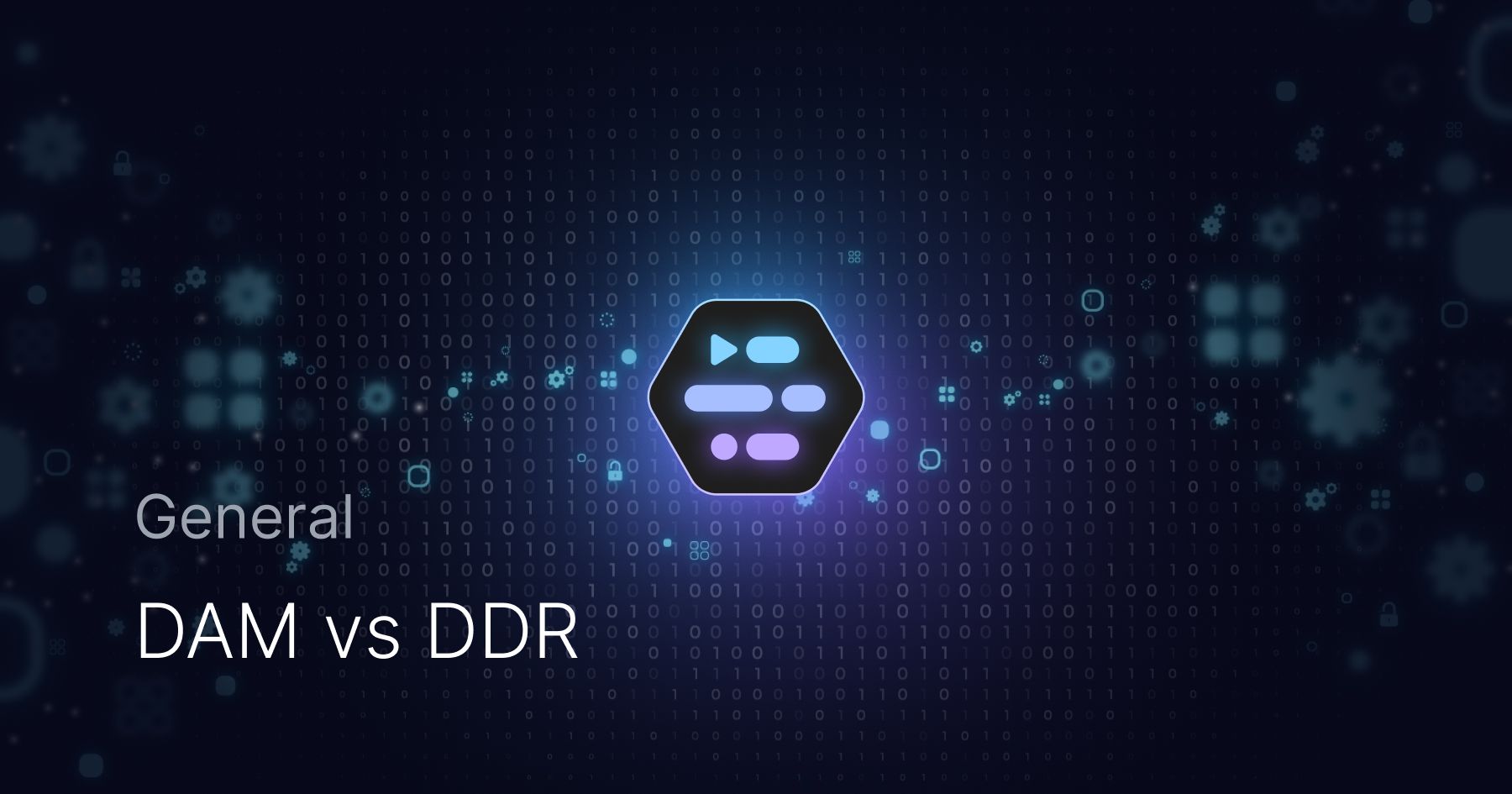How DAM evolved into DDR?

How DAM evolved into DDR?
In the digital age, safeguarding data against unauthorized access and potential breaches is a major concern for organizations. Database Activity Monitoring (DAM), a once foundational security measure designed to monitor, identify, and report on potentially fraudulent or undesirable activity within database management systems (DBMSs) has been effectively keeping up with evolving threat vectors. Initially focused on structured data within traditional databases, DAM evolved to encompass a broader range of capabilities, including discovery and classification of data, vulnerability management, and integration with identity and access management systems.
However, as enterprises expanded into the cloud and encountered a more dynamic and distributed data environment, necessitated a more versatile and encompassing approach. This led to Data Detection and Response (DDR)—a progression from DAM—that addresses the complexities of securing data across multi-cloud storage and services. DDR, along with monitoring capabilities of DAM, also introduces advanced, adaptive measures to protect against data exfiltration and ensure compliance within ever-changing technological ecosystems.
DDR v/s DAM
DDR is continually being adopted by organizations, here’s what makes it better than legacy DAM systems—
Scope of Coverage
DAM strictly focuses on the monitoring and analysis of database activity. For example, a DAM system might detect when an unusually large amount of data is being extracted from a financial database, which could indicate a potential breach or insider threat.
DDR, on the other hand, provides protection that extends beyond databases to encompass all cloud data. An instance of DDR in action could involve catching data flowing to an unauthorized geographical location due to data sovereignty regulations, flagging assets moving to unsecured storage, or identifying shadow analytics that bypass standard workflows.
Adaptation to Cloud Environments
DAM may face adaptation challenges, such as monitoring databases hosted on cloud platforms like Amazon RDS or Google Cloud SQL, where traditional surveillance methods like installing agents may not be possible.
DDR is specifically designed for the cloud, addressing challenges like monitoring data across distributed multi-cloud environments and Software as a Service (SaaS) applications. For instance, DDR can detect when sensitive information is mistakenly stored in a cloud environment that lacks proper encryption, promptly alerting security teams to rectify the issue.
Real-Time Response and Dynamic Monitoring
DAM systems monitor in real-time, swiftly alerting to anomalous behavior, but their scope may not cover sophisticated attack vectors across multiple cloud services. So, while they can detect database-related issues quickly, their reach may not include other forms of data interaction within a cloud environment.
DDR offers advanced real-time response and dynamic monitoring. For example, DDR would immediately alert security teams if it detects that a privileged user has downloaded an unusually large dataset, suggesting the possibility of data exfiltration. It not only detects but also learns from each incident, dynamically adapting to anticipate and prevent future threats across a broad spectrum of cloud data touchpoints.
How DDR Provides More Comprehensive Data Security
Data security is not just about monitoring data anymore, but actively engaging with it as it flows from person to person and application to application in the cloud. With DAM, the security team receives an alert when an employee copies confidential information to a public repository or transfers proprietary files to a personal device. With DDR, such actions trigger immediate defensive measures like restricting the user’s access to secured resources, portraying its definitive edge in real-time threat mitigation.
DDR exhibits its usefulness and superiority in scenarios where faster response is required, such as detecting an abnormal download pattern that could signify an upcoming data breach. DDR can quickly check the exfiltration of vast amount of sensitive customer data, avoiding potential breaches before they make significant damage.
In direct contrast to the traditional DAM approaches, DDR is more flexible without being limited by agent like installations. Where DAM might miss simple indicators of data leakage across a vast infrastructure of cloud-hosted data stores simultaneously, DDR can catch it by monitoring data at its origin to provide a security shield against such risks. Think of DDR as an active approach where automations help create a stronger security posture.
DDR in Action
One of the most compelling examples where DDR proves its superiority over DAM involves data sovereignty. With the stringent regulations imposed by recent legislation, such as GDPR in the EU or CCPA in California, organizations are required to store data within specific geographical boundaries. DDR plays a critical role by monitoring data flows and detecting whenever information is about to cross these regulated boundaries. DDR can identify and prevent such transfer of sensitive data to a non-compliant location, effectively avoiding potential compliance violations and saving the organization from heavy fines and reputational damage.
Another scenario that illustrates DDR's effectiveness compared with DAM concerns the security of data as it moves between locations. In a traditional setup, data might be transitioned from secure databases to cloud storage, where it may consequently end up in less secure, unencrypted storage. DDR recognizes these risky movements in real time. For example, it can alert an organization to critical assets being moved to an unencrypted data store, which could have increased the threat surface. By enabling the rapid detection and response to such movements, DDR ensured the continuous protection of data, an aspect that traditional DAM setups are not designed to handle inherently.
 SOC2 Type II
SOC2 Type II

